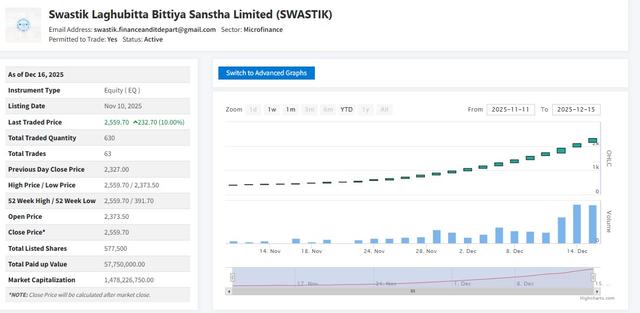From Oils to Galicha: Nepal’s Top 10 Export Items in Shrawan
Author
NEPSE TRADING

Kathmandu – In the first month of the fiscal year 2082/83 (Shrawan), Nepal’s exports remained concentrated on a handful of traditional strengths. According to the Department of Customs, the top 10 export items accounted for the bulk of the country’s overseas sales, even as the overall trade deficit remained deeply negative.
1. Vegetable Oils and Fats
The largest export category was vegetable oils and fats (Chapter 15), worth Rs. 12.31 billion. However, imports in the same category stood even higher at Rs. 13.45 billion, leaving a net deficit of Rs. 1.13 billion.
2. Man-made Fibres
Man-made staple fibres (Chapter 55) generated exports worth Rs. 1.07 billion. Imports, however, were higher at Rs. 1.77 billion, keeping the segment in deficit.
3. Galicha (Carpets)
Nepal’s iconic galicha (carpets) (Chapter 57) recorded exports of Rs. 875 million. Imports were limited to only Rs. 65.5 million, producing a healthy Rs. 8.09 billion surplus, making carpets one of Nepal’s most successful traditional exports.
4. Coffee, Tea and Spices
Coffee, tea, and spices (Chapter 9) exports stood at Rs. 847 million. Imports in the same category were Rs. 949 million, creating a deficit of roughly Rs. 102 million. Despite the deficit, this category remains a high-potential export segment due to growing international demand for Nepali organic products.
5. Wood and Articles of Wood
Wood and wood products (Chapter 44) earned Rs. 718 million in exports, while imports were only Rs. 316 million. This created a trade surplus of Rs. 402 million, reflecting strong international demand for Nepali woodcraft.
6. Apparel (Non-knitted)
Apparel and clothing accessories, not knitted or crocheted (Chapter 62) exports reached Rs. 7.03 billion. But imports in this category were massive at Rs. 23.18 billion, leaving the apparel sector with a deep deficit.
7. Woven Fabrics and Yarns
Woven fabrics and special yarns (Chapter 56) saw exports of Rs. 5.31 billion. Imports remained below Rs. 1 billion, generating a notable surplus and highlighting the sector’s strength.
8. Iron and Steel Articles
Articles of iron and steel (Chapter 73) recorded exports worth Rs. 564 million. But imports were overwhelming at Rs. 22 billion, resulting in a substantial deficit.
9. Toys and Sports Goods
Toys and sports requisites (Chapter 95) reached Rs. 1.95 billion in exports. Imports, however, stood at Rs. 3.28 billion, leaving the sector in deficit.
10. Pharmaceutical Products
Pharmaceuticals (Chapter 30) generated Rs. 1.96 billion in exports. Imports, however, were far larger at Rs. 32.7 billion, leaving a significant trade gap.
The top 10 export categories in Shrawan highlight Nepal’s dependence on vegetable oils, apparel, woven fabrics, galicha (carpets), wood products, and coffee/tea/spices. Traditional sectors like galicha and woodcraft showed clear trade surpluses, while industrial and agriculture-dependent segments remained deficit-heavy.
This reflects a structural challenge: Nepal’s export base is still narrow, while reliance on high-value imports continues to expand. Experts argue that industrialization, export diversification, and agricultural self-reliance are urgent priorities if Nepal is to reduce its trade imbalance in the coming months.



